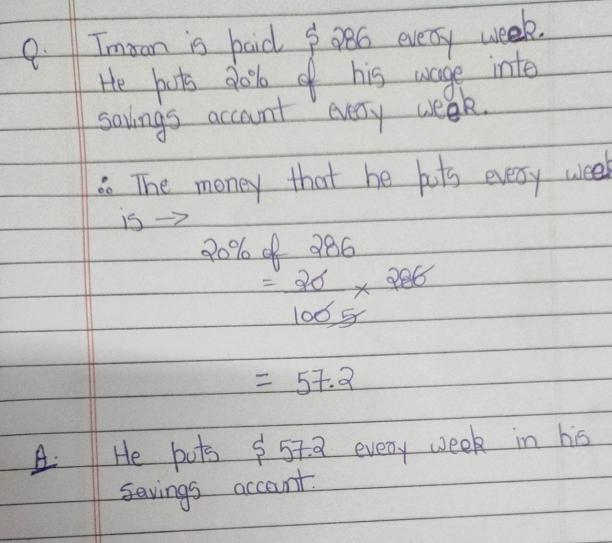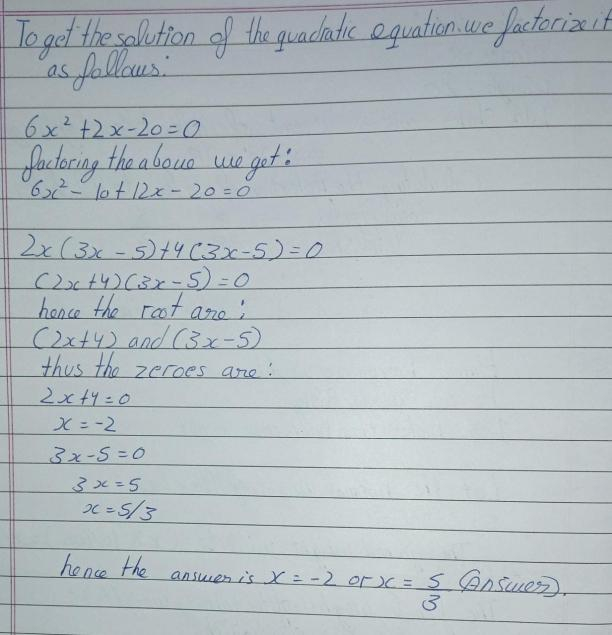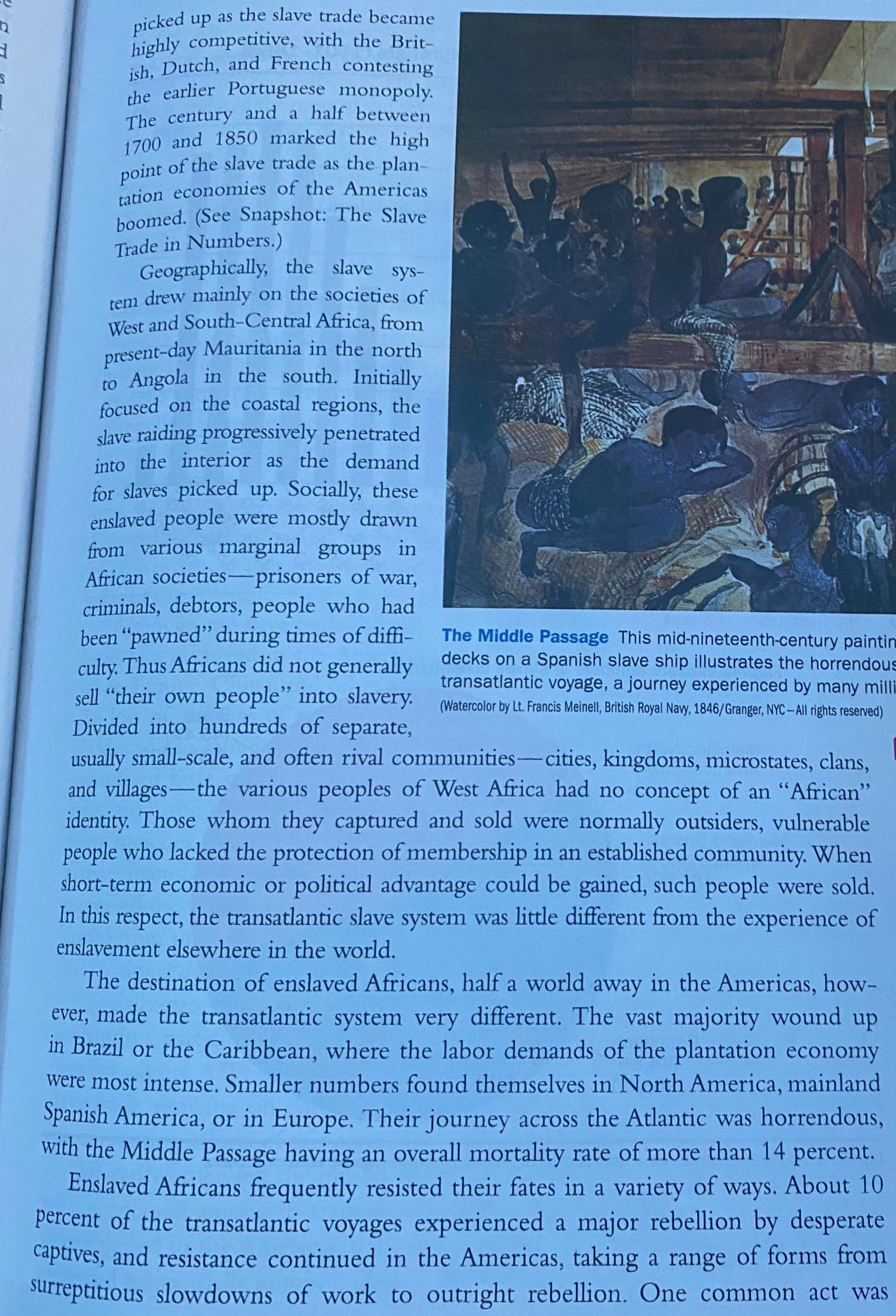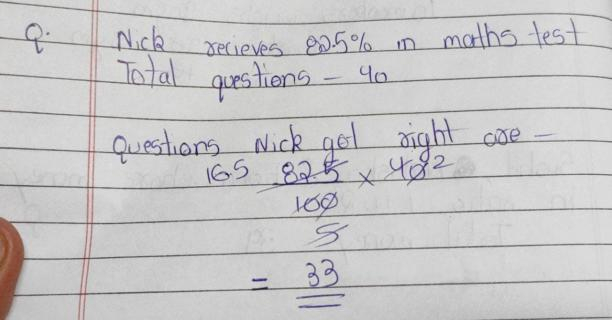The forming-storming-norming-performing model, proposed by Bruce Tuckman in 1965, explains the different stages that a team goes through in order to grow, face challenges, solve problems, plan work, and achieve results. According to this model, the team development process can be divided into four stages.
1. Forming: In this stage, team members come together and get to know each other. They focus on establishing ground rules, defining goals, and understanding expectations. During this phase, individuals may be polite and cautious as they try to figure out their roles and assess the strengths and weaknesses of others.
2. Storming: In the storming stage, conflicts and differences of opinion may arise as team members start to assert themselves and push back against others. This phase is crucial for the team to develop trust and open communication. It is important for the team leader to facilitate discussions and help resolve conflicts, allowing the team to move forward.
3. Norming: As the team works through conflicts and establishes better communication, they enter the norming stage. This is where they start to develop a sense of cohesion and shared norms. Roles and responsibilities become clearer, and teamwork becomes more effective. Individuals begin to appreciate each other's strengths and contributions, resulting in improved collaboration.
4. Performing: In the performing stage, the team operates at its highest level of productivity and efficiency. They have resolved conflicts, work cohesively, and effectively accomplish their goals. The focus is on maintaining high performance and continuously improving. At this stage, the team leader's role shifts more towards providing support and facilitating the team's success.
Belbin's Team Roles theory complements Tuckman's model by emphasizing the importance of understanding individual strengths within a team. According to Belbin, individuals naturally tend to behave, contribute, and interact with others in specific ways. This theory identifies nine team roles that individuals can fulfill, such as plants, coordinators, and resource investigators. By recognizing and leveraging these roles, teams can achieve optimal performance. Diverse and complementary roles in a team contribute to innovative solutions and high performance.
Moreover, effective communication and coordination are key for successful teamwork. Lack of communication, leadership, training, and understanding of followership can be barriers to achieving effective teamwork. Overcoming these barriers is crucial to ensure that the team aligns towards shared goals and delivers favorable results.
In healthcare, good communication is vital for positive patient outcomes. Studies have shown that clinicians who effectively explain, listen, and empathize with patients can significantly impact their biological and functional health outcomes, as well as patient satisfaction. Ensuring effective communication empowers patients, improves adherence to treatment, and enables their involvement in their care.
Hospital discharge presents significant challenges, as clinicians must provide tailored information and instructions to patients. However, rushed discharge education can hinder patient comprehension and adherence to the care plan. It is important for healthcare providers to improve communication during discharge to ensure patients understand and follow instructions. Poor team communication can also lead to patient misunderstandings and medical errors. In fact, a report by the Joint Commission found that poor communication during patient transfers contributed to 80% of serious medical errors.
A good team leader possesses a combination of qualities, including effective communication skills, strong ethics, empathy, technical expertise, and the ability to inspire employees. They create a positive work environment, maintain team morale, and establish healthy working relationships. The team leader plays a crucial role in understanding individual strengths and weaknesses, delegating tasks effectively, managing conflicts, and promoting collaboration to achieve the team's goals.





